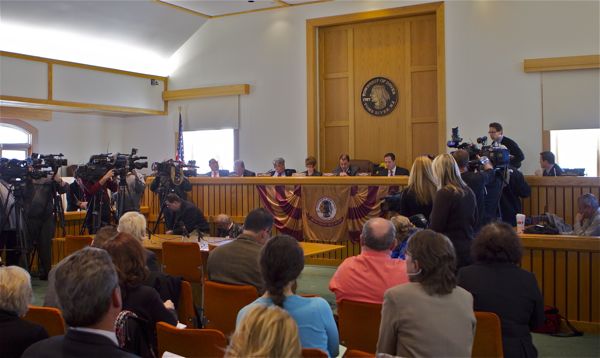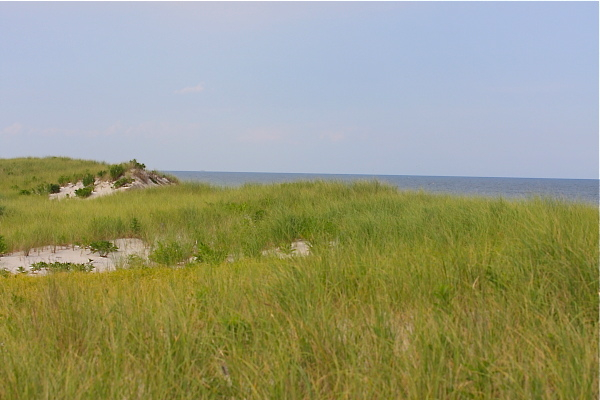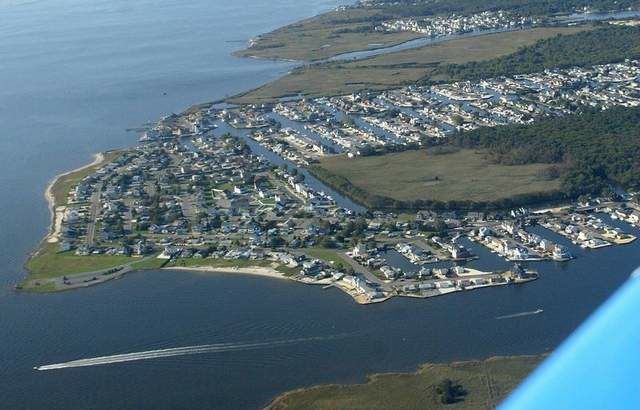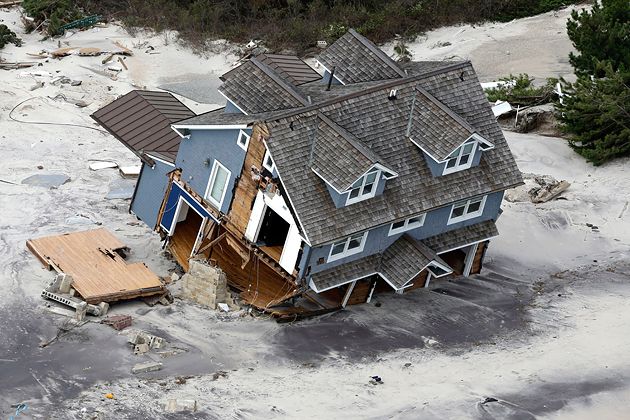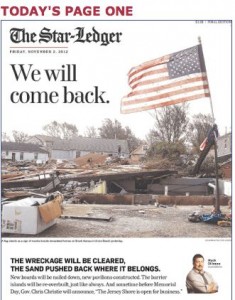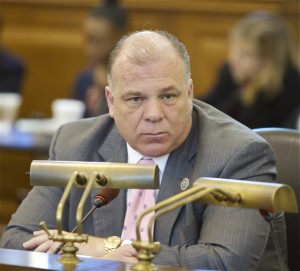DEP Walks Back Claim of “No Role” in Shore Rebuilding
Climate Change Not on DEP’s Agenda
Too Little, Too Late: State Planning Commission and Legislature to Lead
I don’t know whether to laugh or cry.
DEP has finally acknowledged some responsibility for where and how the Shore is rebuilt.
After DEP Commissioner Martin:1) ignored and swept warnings under the rug; 2) limited storm preparedness to advising Mayors to ignore DEP regulations; 3) followed by Martin’s embarrassing Order deregulating the rebuilding of critical public infrastructure in the exact same vulnerable locations, and 4) followed all that by 2 weeks of denial by DEP of any role in “dictating” (that’s DEP’s word for planning and regulation required by environmental laws) where and how the shore is rebuilt, today Tom Johnson at NJ Spotlight reports that DEP is holding shore rebuild meetings:
DEP’s Guest List Leaves Out Toughest Critics –
Friendlier environmental groups invited to session today on restoring Jersey Shore
The state Department of Environmental Protection is quietly convening a meeting today to discuss issues relating to rebuilding the Jersey Shore with a small group of conservationists.
The session, to be held at DEP headquarters, comes at a time when some environmentalists are suggesting the state needs to radically rethink its policies in the wake of the worst storm ever to hit New Jersey, particularly when it comes to redeveloping the coastal region.
There is wide consensus the state needs to rebuild in the wake of Hurricane Sandy, but smart growth advocates and some environmentalists say it needs to be done in a way that protects coastal communities better from the wide devastation wreaked by the storm.
DEP spokesman Bob Considine described the meeting as an informal session with conservation groups. “It’s just an update on storm issues,’’ he said.
In an e-mail from the DEP to various groups who will be represented at the meeting, however, the session was described not only an as update on Sandy’s efforts but also as a meeting providing input on coastal protection and rebuilding. That issue is likely to become a hotly-discussed topic as the state addresses the enormous issues raised by Hurricane Sandy and its impact on the Shore. […]
Those invited to the DEP meeting, by and large, have been far less critical of the Christie administration’s environmental policies. They include Cindy Zipf, executive director of Clean Ocean Action, Tim Dillingham, executive director of the American Littoral Society, and Kelly Mooij of the New Jersey Audubon Society.
Count me among the excluded “toughest critics” calling for “radical change”.
[So radical that I’m recommending that the federal taxpayer bailout include the nation’s own barrier islands policy.]
This is the denouement of the Christie/Martin cynical manipulation – the absolute nadir of both Martin’s and the ENGO Fakeholders’ credibility (and the DEP press office is again caught flat out lying).
DEP Commissioner Martin is now exposed as an irresponsible ideologue by his “reduce red tape” Order deregulating rebuilding of public infrastructure in the exact same vulnerable locations.
[Note: maybe I can point a finer point on this.
Prior to heading up DEP, Martin had no government or environmental experience. None.
He was a retired consultant who made lots of money privatizing public utilities under Margaret Thatcher.
So, it is no surprise that he sees DEP and government as barriers to infrastructure rebuilding. He can’t privatize them, but he can deregulate them by fiat. That’s almost as good as Maggie Thatcher!]
The State Planning Commission rejected the notion that State Government has no role in planning and regulating where and how rebuild occurs.
Even Governor Christie himself – previously drunk on Springsteen and Snooki – was forced to admit that the status quo at the Shore must change, in response to tabling the Christie State Plan: (Star Ledger)
“It made sense for us to put it off and to reconsider it in light of some of the new challenges that have been presented by the storm and the aftermath of the storm,” the governor said.
I previously posed the question:
Do Senate President Sweeney and Assembly Speaker Oliver think that the Legislative branch and the people of the state have a seat at the table in developing a “long term strategy” for the shore?
Or are they going to sit back and defer to Christie’s Cabinet meetings?
Well, we now have an answer: NJ Senate President Sweeney has finally jumped in to the fray, and announced a round of public hearings – not private Fakeholder by invitation only – (Star Ledger):
Senate leaders plan hearings in Sandy’s worst spots to evaluate government response
TRENTON — A bipartisan group of Senate leaders said Tuesday it plans to hold hearings in the state’s most devastated areas to determine how the government performed before and after Hurricane Sandy churned through New Jersey, leaving death and destruction in its wake.
“We don’t want to point fingers or pass blame,” Senate President Stephen Sweeney (D-Gloucester) said in a news release. “We want to know where and how things went wrong and what we need to do to better protect ourselves in the future.”
Let’s hope Senator Sweeney walks the walk and supports a policy solution that refelcts this enlightened statement:
There is a solution to flooding that doesn’t include building levees. Steven Sweeney, president of the New Jersey State Senate, says there’s a community along the Raritan River that flooded last year after Hurricane Irene and this year after Sandy. Here’s what he suggests as a simpler and cheaper way to deal with the problem:
“Get appraisals for their homes, write them a check, knock the homes down, and just let it go back to its natural state,” says Sweeney. “I think that’s something we really need to take a look at. Because governments have allowed people to build right onto the water, and water has a tendency to move.”
These private “Fakeholder” meetings are Martin’s pathetic effort to walk all that back and get in the game.
[Note: and DEP was not only meeting with a few hand oicked “conservationists” – there are other “Fakeholers” involved at more than one meeting.]
But, sorry Bob, its too little and too late – the damage is done and DEP is removed from the adult discussion.
This is the proverbial straw that broke the camels’ back.
DEP has held dozens of “by invitation only” Fakeholder meetings, with hand picked and well fed (i.e. DEP funded) Fakeholders and friends at the table. Take a look, DEP is actually proud of the “by invitation only” approach (I guess its a Republican thing, the elite mentality) (hit this link for a compendium of DEP’s fakeholdery):
DEP Commissioner Martin even took the extraordinary, unprecedented and illegal step of using State Police to eject a critic – yours truly – from the DEP public hearing room, see this.
Chickens now roosting.
Always a reckoning:
There always seemed to be a need
for reckoning in early days.
What came in equaled what went out
like oscillating ocean waves.
Oops, and about that climate change thing?
